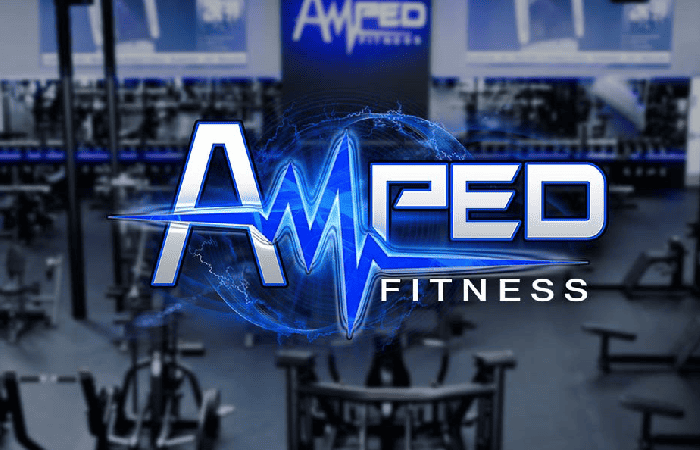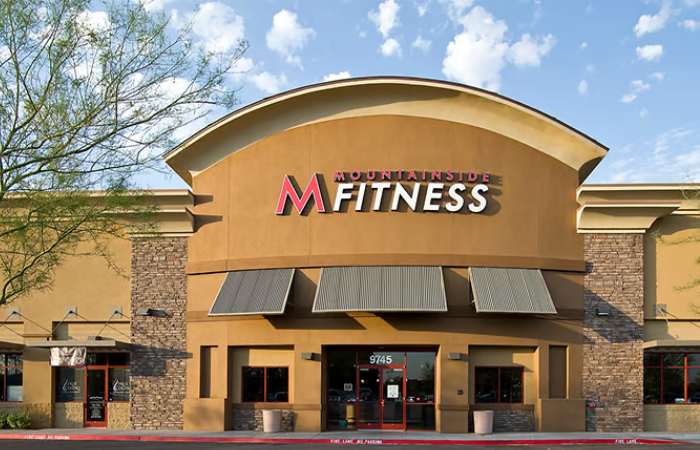Unlocking Hidden Potential: Glute Exercises for Enhanced Athletic Performance
Discover the power of targeted glute exercises in enhancing athletic performance. Learn how consistent glute-focused workouts can bolster strength, speed, and stability, propelling your fitness to new heights. Unearth your athletic potential today.

The muscles of the gluteal region, frequently marginalized and routinely bypassed in conditioning regimens, can be analogized to a sleeping titan, primed to liberate an explosive torrent of sporting prowess. These cardinal muscles, encapsulating the gluteus maximus, gluteus medius, and gluteus minimus, operate as the linchpin of your bodily dynamism, impacting a diverse range of kinetic endeavors from your celerity during a sprint to the apex of your vertical ascension. This composition endeavors to illuminate the critical importance of these muscular entities and furnish you with a roadmap to unearth their concealed capacity through judiciously selected physical exercises.
The Powerhouse Behind Your Performance
Situated within the posterior aspect of your pelvic zone, the gluteus muscle group boasts a crucial influence on your athletic exploits. Occupying the position of the most expansive muscle contingent within the human body, these gluteal dynamos are the primary instigators of kinetic endeavors encompassing leaps, sprints, and the hoisting of weights. Additionally, robust gluteus muscles are guardians of stability, promoters of equilibrium, and a defensive bulwark against susceptibility to bodily harm, most notably in the lumbar region and knee joints. Therefore, by incorporating exercises specifically targeting the gluteus muscles into your physical conditioning routine, you reap substantial improvements in your comprehensive athletic capacities.
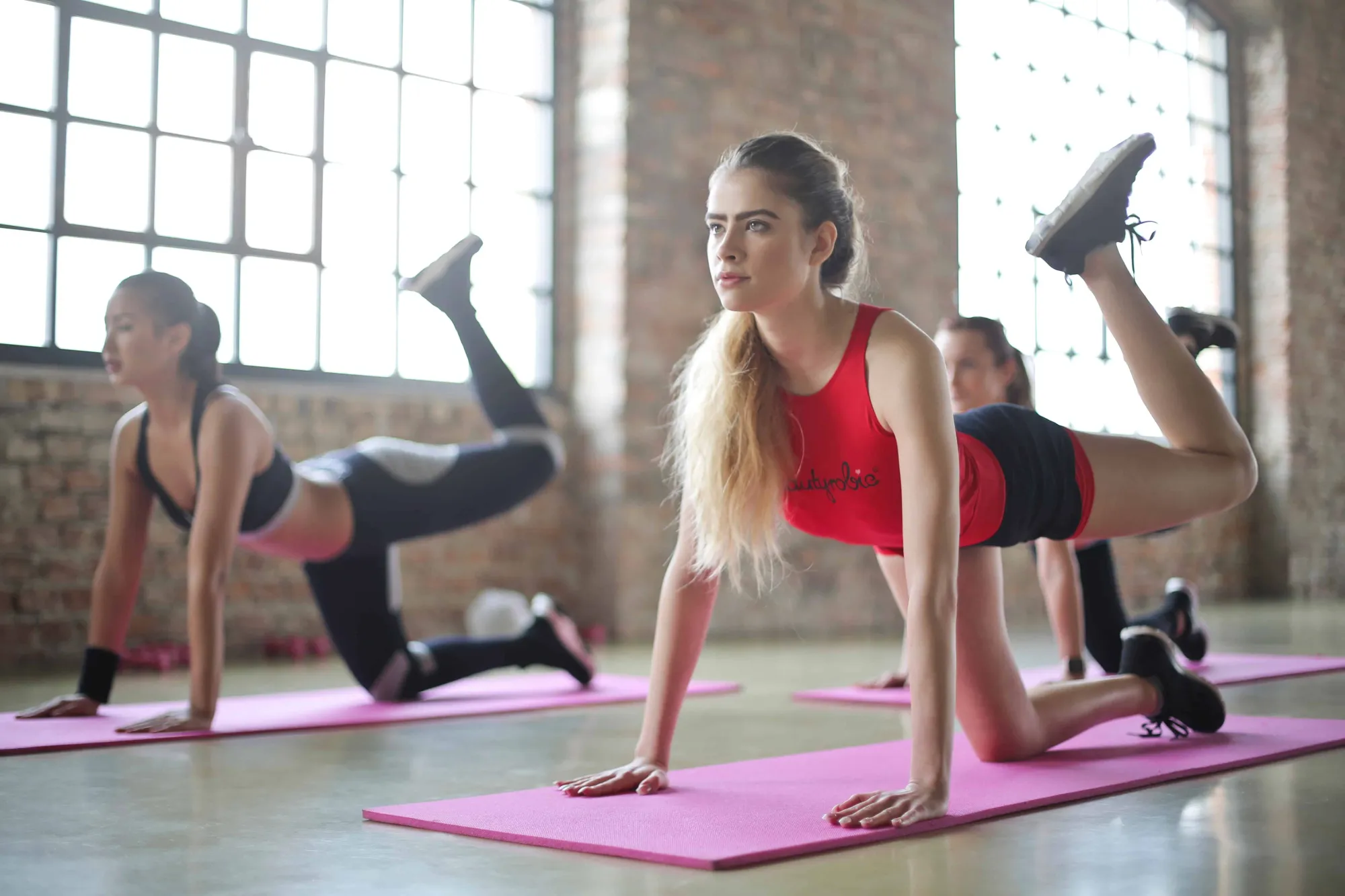
Glute Activation: A Key To Unlocking Potential
A ubiquitous quandary prevalent amongst a vast spectrum of sportspersons is colloquially called 'gluteal amnesia.' This fascinating yet troublesome manifestation is typified by your corporeal entity seemingly losing the ability to adequately marshal the resources of the gluteal musculature, thereby necessitating the recruitment of alternative muscular cohorts to bridge the gap. This compensatory mechanism may precipitate a diminution in movement efficacy and, unfortunately, an augmentation in the propensity for physical harm or damage.
As such, before our exploratory venture into the prescribed exercise regimen, we underscore the indispensable role of ensuring optimal gluteal activation. To achieve this imperative goal, an initiation process consisting of an appropriate warm-up phase, coupled with the strategic implementation of targeted gluteal activation exercises, is highly recommended. The gluteal exercises in question may include but are not limited to, the execution of glute bridges or clamshells, to be performed as a prologue to the primary training schedule.
Glute Exercises for Enhanced Athletic Performance
Barbell Hip Thrusts
The illustrious barbell hip propulsion exercise reigns supreme as the sine qua non of gluteal muscle fortification. This workout maneuver facilitates the allocation of a considerable mass load, with a laser-like focus on the gluteal and hamstring muscle groups.
Execution Process:
Position your upper dorsal region against a firm, stable bench, ensuring your feet are securely grounded. Introduce a cushioned barbell onto your lap. Initiate a vigorous thrust of your hips upward, eliciting a contraction in your glutes at the apex. Gradually descend to culminate the completion of a single repetition.
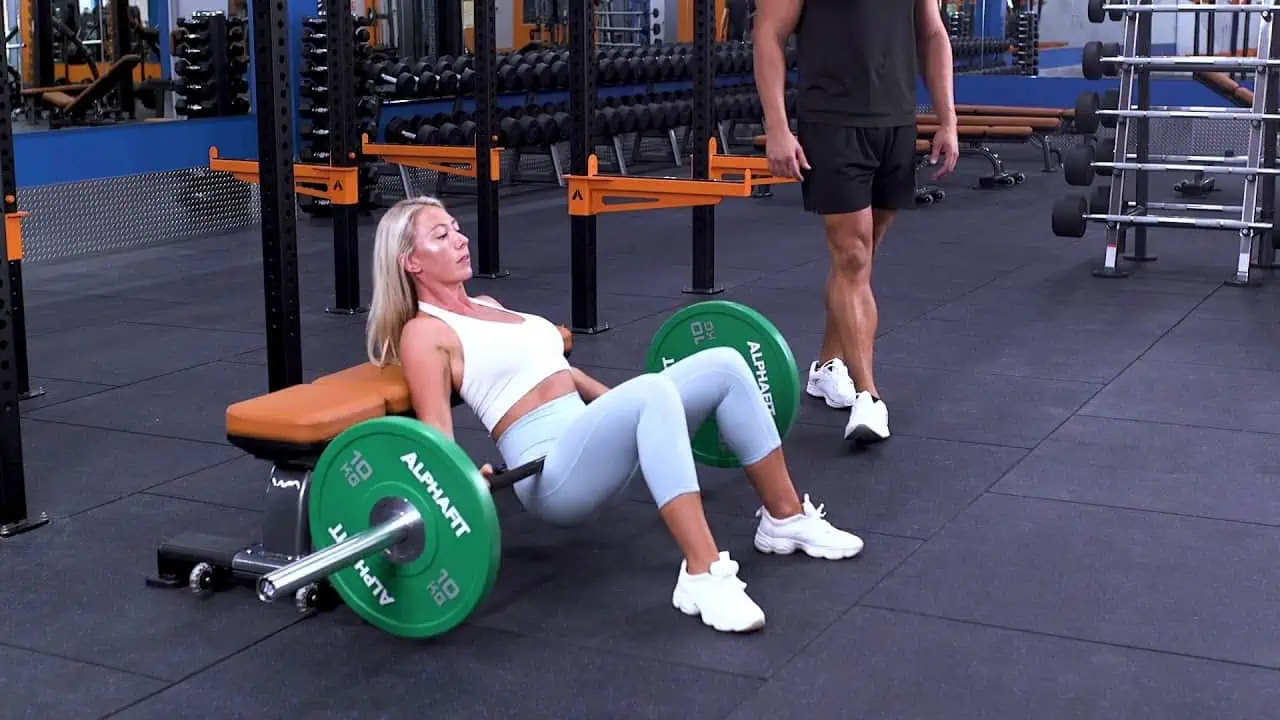
Bulgarian Split Squats
This distinct unilateral workout intervention aids in addressing and rectifying muscular disparities while concurrently engaging your gluteal, quadriceps, and hamstring muscle groups with notable efficacy.
Execution Process:
Establish a starting position a few strides away from a bench, your back oriented toward it. Lay one foot to rest on the bench at your rear. Utilizing your front foot, execute a squat maneuver while maintaining an erect torso alignment. Ascend back to the original stance to mark the conclusion of a single repetition.
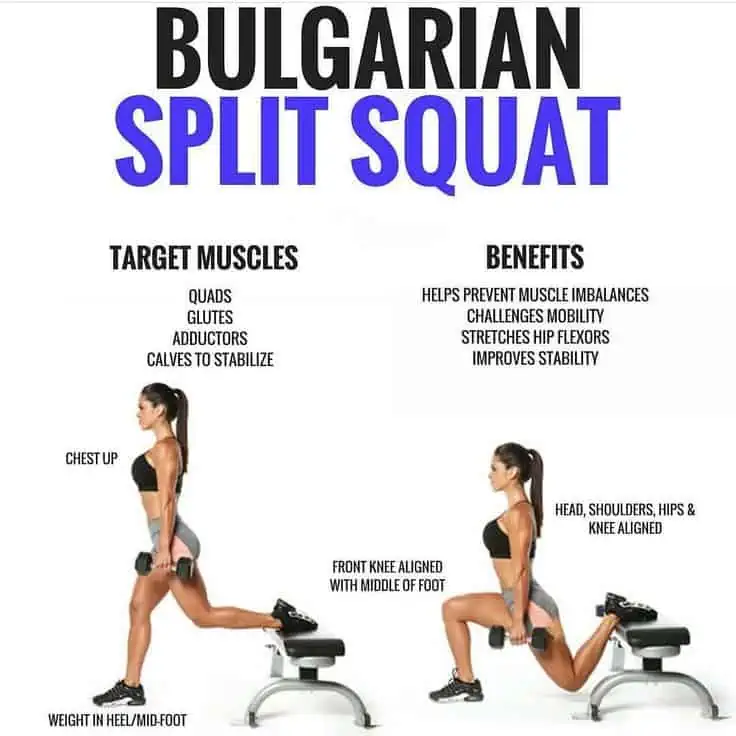
Single-Leg Deadlifts
Regarded as an exemplary workout for bolstering equilibrium and stability, mono-pedal deadlifts are primarily engineered to stimulate your gluteal and hamstring muscle groups.
Execution Process:
Adopt a stance on a singular leg while clutching a dumbbell or kettlebell within the hand opposing the standing leg. Implement a hip hinge, guiding the weight towards the ground while persistently maintaining a rectilinear back posture. Revert to the initial standing position to finalize one repetition.
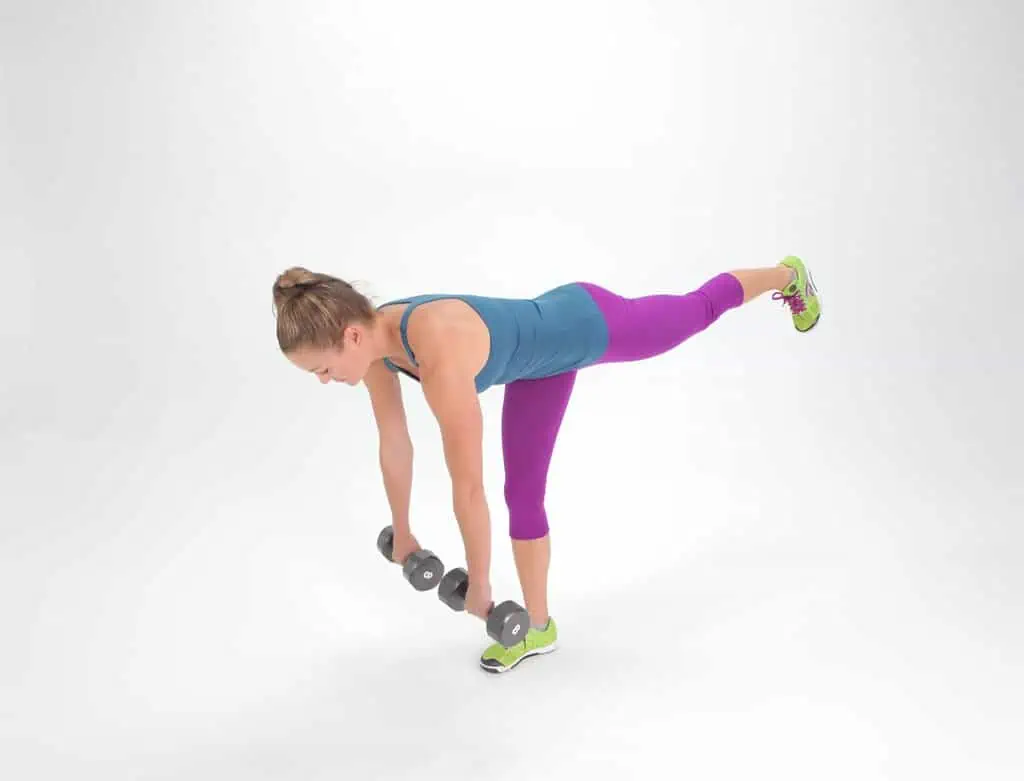
Glute Bridge
This particular exercise manifests as an optimal selection for novices or as a warm-up activity, adeptly targeting the gluteal muscles without incorporating auxiliary weights.
Execution Process:
Lie supine with your knees flexed and feet planted flat on the ground. Apply force through your heels, elevating your hips from the ground while inducing a squeeze in your glutes at the zenith. Gently lower yourself back down to fulfill the conclusion of a single repetition.
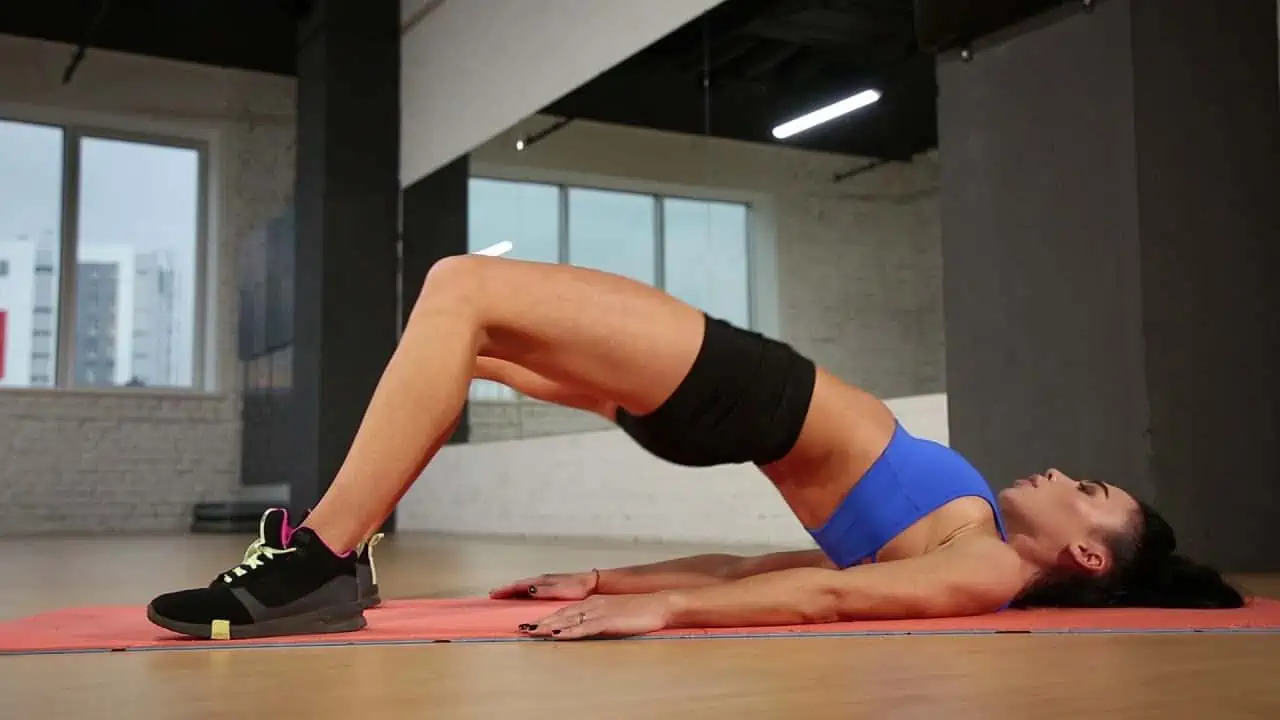
Developing a Glute Training Program for Athletic Performance
The gluteal muscles, an often-underappreciated powerhouse within the human physique, wield tremendous influence over an individual's athletic performance. Their role extends beyond aesthetics, serving as the primary engine for activities requiring power, speed, and stability. A well-rounded, personalized training program that effectively targets these muscles can unlock a new level of athletic prowess.
The Necessity of Individualized Training Programs
Each athlete possesses a unique muscular structure, genetic predisposition, and performance objectives. Therefore, a one-size-fits-all approach to glute training is suboptimal and potentially counterproductive. Instead, customizing a training program based on individual strengths, weaknesses, and goals ensures the program's efficacy and sustainability.
For instance, a sprinter might prioritize developing explosive power and speed, necessitating high-intensity plyometric exercises. In contrast, a long-distance runner might focus on endurance and stability, requiring lower-intensity but longer-duration exercises. Thus, understanding the athlete's unique needs and tailoring the training program accordingly is paramount.
Constructing a Comprehensive Glute Training Program
When designing a glute training program, the following factors should be taken into consideration:
-
Exercise Selection: Include exercises that target all three gluteal muscles - the gluteus maximus, gluteus medius, and gluteus minimus. A combination of compound movements (like squats and deadlifts) and isolation exercises (like glute bridges and clamshells) ensures comprehensive development.
-
Frequency and Volume: The number of training sessions per week and the volume of each session should be determined by the athlete's current fitness level and specific goals. Start with a moderate frequency and volume, gradually increasing as the athlete adapts.
-
Technique: Proper form is crucial for injury prevention and targeting the intended muscles. Use a weight load that maintains proper form throughout the exercise.
Progressive Overload, Recovery, and Monitoring Progress
Progressive overload, the process of gradually increasing the amount of stress placed on the body during exercise, is essential for muscle growth and strength development. Increase the load, volume, or intensity of exercises over time to challenge the muscles continually.
Simultaneously, adequate recovery is a non-negotiable component of a successful training program. Overtraining can lead to injuries and hinder progress. Instead, implement rest days, ensure sufficient sleep, and adopt effective recovery strategies like foam rolling and stretching.
Monitoring progress is also crucial. Regularly assess performance metrics, such as strength, endurance, and power, to evaluate the program's effectiveness. If progress stagnates, adjustments to the training program may be necessary.
A well-designed, individualized glute training program can significantly enhance athletic performance. By understanding the athlete's unique needs, incorporating a diverse range of exercises, progressively overloading the muscles, allowing for adequate recovery, and diligently tracking progress, an athlete can harness the latent power of the gluteal muscles. Dedication to such a program will lead to impressive improvements in power, speed, and stability, propelling the athlete to new heights of athletic prowess.
Glute Exercises - Case Studies and Success Stories
The significance of gluteal muscles in sports performance is a relatively underexplored territory. Often obscured by the allure of more visible muscle groups, the gluteus - comprised of Maximus, medius, and minimus - has only recently started to receive the limelight it deserves. This article will illuminate the transformative power of glute-focused exercises through a series of case studies and success stories, highlighting the substantial impact they can have on athletic performance.
Case Study 1: The Sprinter's Leap
Consider the case of Johnathan Swift, a professional sprinter with an impressive resume. Unfortunately, Swift found his performance plateauing despite rigorous training routines focused on his quadriceps and hamstrings. It wasn't until he incorporated glute exercises into his regimen that he saw a marked improvement in his speed and power.
Swift began integrating glute activation exercises, such as hip thrusts and glute bridges, into his training. The challenge was maintaining consistency and overcoming these new exercises' initial discomfort. However, the outcome was worth the struggle. Swift shaved significant time off his 100m sprint and reported feeling more explosive off the starting blocks. His success story underscores the pivotal role of gluteal strength in enhancing speed and power in sprinting.
Case Study 2: The Basketball Player's Shot
Next, we turn our attention to a professional basketball player, Lisa Courts. Despite her adept ball-handling and shooting skills, Courts struggled with maintaining stability during quick directional changes. Her trainer suggested incorporating glute exercises to improve her lateral movements and balance.
Courts faced initial challenges in mastering the correct form for these exercises and incorporating them into her intense training schedule. Next, she embraced lateral band walks and single-leg deadlifts, focusing on activating and strengthening her gluteus medius, a critical muscle for stability and lateral movement.
The results were profound. Courts reported an increased sense of balance, which improved her agility on the court. She navigated the court more easily, making sharper cuts and agile defensive moves.
Case Study 3: The Triathlete's Triumph
Finally, consider the story of Alex Turner, a triathlete. Turner noticed that he struggled to maintain form and speed during the running leg of his races. After consulting with a sports physiotherapist, Turner began incorporating glute exercises into his training routine.
Turner found the initial stages of this new training approach challenging. His gluteal muscles were underdeveloped, and he found performing exercises such as step-ups and lunges difficult. However, he persisted and eventually saw an improvement in his running form and endurance.
By the end of his training cycle, Turner achieved a personal best time in his next triathlon. He attributed his success to the newfound strength in his gluteus muscles, highlighting how crucial they were for maintaining good running form and preventing fatigue.
These case studies illuminate the transformative potential of incorporating glute exercises into an athlete's training routine. Despite the initial challenges faced in adapting to these exercises, the outcomes achieved underscore their significance in enhancing athletic performance. The gluteus muscles may not be glamorous, but as our real-life examples show, they are the unsung athletic performance heroes.
Conclusion
The musculature of the gluteus, often undervalued, plays an instrumental role in the arena of athletic prowess. Integrating a series of exercises designed to engage and strengthen the gluteal muscles into your fitness regimen allows you to tap into an often-overlooked reservoir of strength and power. This consequentially will enhance your explosive speed, physical stability, and overall athletic capability. Maintaining a consistent training schedule is the linchpin to reaping the benefits of this practice. Steadfast dedication to these glute-centric workouts will yield remarkable improvements in your sports performance, propelling it to stratospheric heights.
In the realm of physical fitness and athletic supremacy, the pivotal role played by our gluteus muscles cannot be underscored enough. Therefore, as we draw this discussion on 'Glute Exercises' to a close, it's essential to restate the profound impact these exercises can have on your overall athletic prowess.
The gluteus complex, including the gluteus maximus, medius, and minimus, serves as the powerhouse of the human musculoskeletal system. Its primary functions range from maintaining balance and stability to contributing to powerful movements like jumping, sprinting, and lifting. Yet, despite these crucial roles, glute exercises often remain unheralded, lurking in the periphery of most fitness regimens.
By conscientiously weaving targeted glute exercises into your training routines, you can unlock latent athletic potential, bolstering your power, speed, and stability. This amalgamation of strength and agility will augment your athletic performance and enhance your day-to-day functional mobility. However, the promise of this transformation hinges on one critical element – consistency. The regular and dedicated practice of these glute-focused workouts will lead to tangible results.
In pursuit of this, it's encouraged to consider exercises such as hip thrusts, squats, lunges, or deadlifts. When executed with correct form and technique, these movements can help maximize gluteal activation, thereby leading to the desired improvements in athletic performance.
But remember, this is merely the starting point. The journey towards improved athleticism via enhanced glute strength is a marathon, not a sprint. Just as Rome wasn't built in a day, your glutes won't transform overnight. But with time, commitment, and patience, you'll see results surpassing your loftiest expectations.
As we wrap up this discourse on the significance of glute exercises, we implore you to take the next step. For those eager to delve deeper into this realm or seek professional guidance, we invite you to explore further resources and tools available. Connect with a fitness professional, leverage online tutorials, or seek out dedicated fitness literature. The world of glute strengthening exercises awaits your exploration, and the opportunity to elevate your athletic performance lies within your grasp.
Unleash your potential, empower your performance, and transform your fitness journey with the power of glute exercises. The road to athletic greatness beckons – it's time to take the first step.


